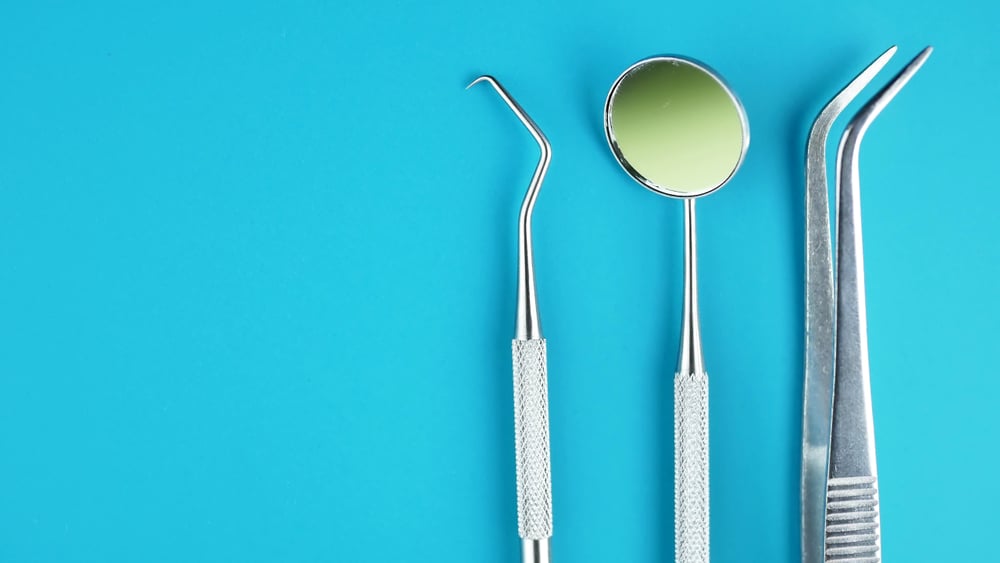
Chemical peels are increasingly common, used by people who would like to remove scars or other facial discolorations and decrease the appearance of wrinkles. While there can be a number of benefits to the skin to use chemical peels, there are some issues to consider as not all skin types will respond well to the procedure.
We’ve outlined what you need to know about chemical peels.
What Are Chemical Peels?
Chemical peels involve the application of a chemical solution to the skin, usually the face. This solution will remove the top layers of skin, which will grow back smoother and potentially without scars, discolorations, acne, and wrinkles.
Chemical peels can be light, medium, or deep. They increase in efficacy the deeper the solution penetrates into the layers of skin. Light and medium chemical peels can still be effective compared to deep peels, but they may need to be repeated multiple times over the course of a few months in order to achieve results.
Are Chemical Peels Safe?
Yes, but there are side effects. For those with very sensitive skin, those side effects can be more intense.
It is also possible for serious issues to develop if the procedure is done incorrectly or aftercare is inappropriate. These potential issues include heart, liver, or kidney damage due to the use of carbolic acid. To prevent this, the peels are generally applied for only 10 to 20 minutes at a time.
Additionally, if the skin is not cared for after the procedure, an infection can develop. Because of this, proper aftercare is essential.
Chemical peels are not generally recommended for pregnant women, people with a family history of keloids, and those who are taking certain acne medication.
Do Chemical Peels Hurt?
The deeper the peel, the more it will hurt. The procedure removes layers of skin and the more layers that are removed, the more painful it will be during the procedure and in the days following.
How Long Do Chemical Peels Last?
The deeper the peel penetrates into the skin, the longer the recovery time, the less frequently treatments will be required, and the longer the results will last. For example, a light peel might be repeated every two to five weeks in order to keep fine lines, acne, and uneven skin tone at bay.
Medium chemical peels may not need to be repeated as frequently if the goal is to remove discoloration or scars. Once the scars are gone, they shouldn’t come back. However, it can take some time, or multiple peels, to achieve the desired result.
Deep chemical peels may be recommended for precancerous issues and to address deeper wrinkles. The results will usually last and won’t need to be repeated often.
It’s important to note that chemical peels do not remove deep scars and wrinkles, nor do they tighten loose skin.
Is a Chemical Peel Right for Me?
If you would like to learn more about the pros and cons of chemical peels, contact the medical staff at Dison Family Dentistry to discuss your options.
